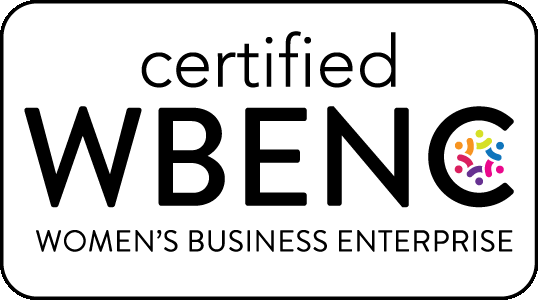A recent report from BambooHR delivered some sobering news: Employee happiness in the last quarter of 2023 was the lowest it’s been in four years. Gallup’s July 2023 poll also found over 80% of Americans are unhappy at work and in life. Given these statistics were collected post-pandemic, it’s definitely cause for concern.
What’s behind these alarming stats? Employees reported the factors contributing to their dissatisfaction ranged from financial concerns like inflation and layoffs, mental health concerns like burnout, and murky or unpopular return-to-work policies. Employees also cite more “lip service” from employers when it comes to employee wellbeing and diversity and inclusion.
Employee dissatisfaction isn’t just a morale issue, it’s a direct hit to the bottom line. Numerous studies have shown that unhappy employees are less productive, less engaged, and more prone to absenteeism. They can create a toxic culture over time. Or they leave, resulting in high turnover costs.
We already know Friday pizza lunches aren’t the answer. So, what is? We’ve got some ideas.
“Happy families are all alike; every unhappy family is unhappy in its own way.” – Tolstoy
Listening
The first step to figuring out why your employees might be unhappy is to ask them. You can’t rely on national data to uncover the reasons employees are unhappy in your specific workplace. To get meaningful feedback from your workforce you have to get it directly from employees. Make sure your listening approach is multi-pronged—some employees will openly share their thoughts at town halls or in one-on-one meetings with managers, while others prefer the anonymity of surveys.
One note on feedback —be sure it’s not simply an exercise. Be prepared to share results and act on some of it, or employee trust is likely to suffer.
Communication
Employee feedback might reveal that employees are simply unaware of certain benefits, programs and career pathways that might improve their working experience. Good communication can help.
For example,
- If you learn that employees feel undercompensated, an examination of your compensation policies is probably in order. But it may also be smart to more openly communicate the total value of employee compensation—salary, benefits, time off, perks and more. In fact, according to PayScale’s 2022 Compensation Best Practices Report only 40% of organizations in the U.S. use total compensation or total rewards statements, so there is a real opportunity here to provide employees with a more comprehensive view of their total compensation.
- Similarly, most organizations have defined career development paths. But do employees understand those pathways? Do managers regularly talk with employees about career aspirations and allow time and resources for employees to take advantage of opportunities? It might be time for a manager toolkit or other resource to get the conversations going again.
In the end, it all comes down to culture.
Employee happiness is a direct result of the kind of culture you create in your organization. It’s something that takes work and is often put on the back burner in the face of more pressing deliverables, deadlines, and the bottom line. But culture is the key to employee engagement – and for that reason, you must continually articulate it, communicate it and build it. Finally, leaders must set the tone for driving their company’s culture – or employee trust can evaporate.
The good news? You may already have many of the tools you need to boost employee satisfaction. It’s a matter of listening to what employees are saying and acting on it, repackaging or rebranding what you already offer, and clearly and frequently communicating its value.
That’s where the O’Keefe Group can help.


